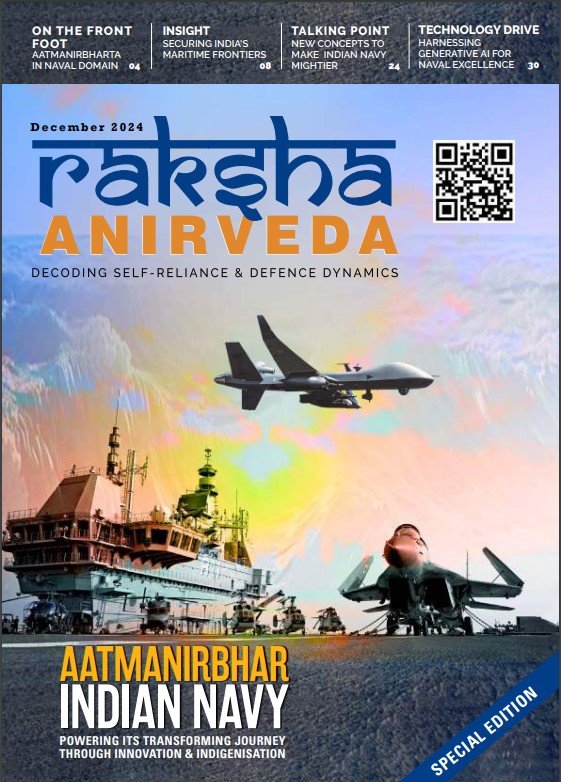New Delhi: DRDO’s D4 state-of-the-art system encompasses multiple technologies coming into cohesion to thwart sub conventional drone threats.
The system is developed by LRDE, a Bangalore-based DRDO lab with DLRL, Hyderabad, IRDE Dehradun and CHESS Hyderabad acting as partner labs, according to a tweet in the media.
D4 can be used against nano, micro and mini drones. The system can be deployed either as a static tripod-mounted configuration or as a vehicle-mounted configuration, and consists of the following components:
- a) Drone detection and tracking radar
- b) Day and night camera with laser ranging for detection and identification
- c) Communication channel detection & jamming system (Soft Kill)
- d) GPS jamming/ spoofing system (Soft Kill)
- e) Laser-directed energy weapon system (Hard Kill)
- f) Integrated Command & Control Centre (C3)
D4 system can detect, track and identify airborne drones using multiple sensors, transfer the information to associated systems and enable reusable counter techniques to deny them the intended operation (soft kill) and/ or destroy them (hard kill).
The detection of drone is done with the help of radars and RF-based detection systems. The identification is done with the help of Electro Optic sensor and communication analysers.
The soft kill is carried out with RF jamming & anti-GNSS technologies, and hard kill with the help of Laser Directed Energy Weapon (DEW).
Drones/ UAVs are flying objects which are having varied span of dimensions and payloads. Factors like ease of availability, smaller size and low cost allows easy proliferation, allows them to navigate confined spaces, pose risk for surveillance, cause privacy invasion and is a potential for weaponisation.
These drones can infiltrate secure areas, deliver payloads or conduct reconnaissance with minimal detection. In cross border situations, these agile devices may be used for smuggling, espionage or even terrorism. Their ability to traverse borders discretely challenges traditional security measures.
Countering drone threats demands advanced detection technologies and regulatory frameworks to mitigate the evolving risks posed by these diminutive yet potent aerial platforms.
Considering the unique nature of drones in terms of speed, size, hovering capability, maneuverability, low altitude and resemblance to birds, no sensor or weapon system in standalone will be able to provide sufficient capability to guarantee a reliable and effective defence against threats from drones.
A combination of several types of detection capabilities including emission and reflection of microwave, infrared, visible light etc are utilised to detect and identify drones.
Conventional Air Defence weapons cannot be used against drones due to cost and availability considerations, and due to the risks posed to civilian population and collateral damages to infrastructure especially in urban environments.













